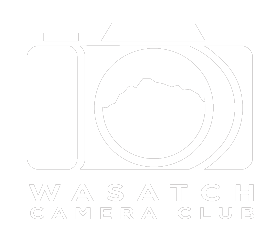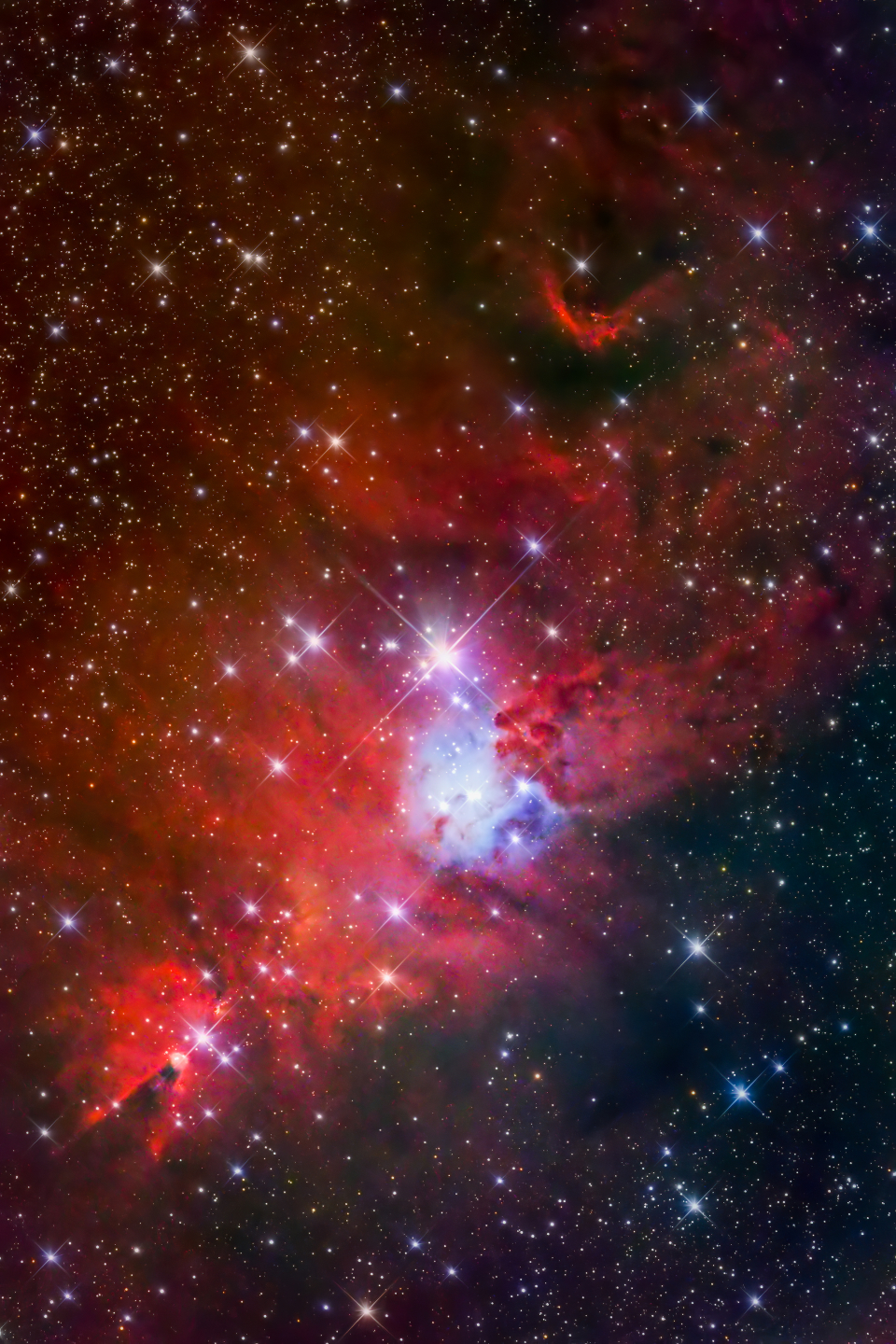I’m not much of a dessert person, but that doesn’t stop me from wanting to have my cake and eat it too. With regards to astrophotography — which I first got into way back in early 2019 — I would try to shoot 2 or 3 deep sky objects (DSOs) a night, averaging a measly 2-3 hours of acquisition time per target. The end results seemed “good enough” to me in those early, quantity-before-quality days. I look back on them now and think, “not so much.” But, I was learning and, since those initial forays into the sometimes frustrating but almost always rewarding world of astrophotography, I have learned quite a bit more (though it is about the journey as much as the end goal!).
So, I look forward to re-shooting a number of early images "properly," meaning with at least 5 hours of photon gathering, as well as with newer, more optimized gear and better post-processing techniques and tools. In the meantime, due to this crazy winter we have had --- snow, grey skies, single digit nights, and yet more snow -- as well as my own travel, I have not had a telescope up since mid-December. That is a long drought for me. That has allowed me time to re-visit some older captured objects. The image above is a good example of this. This was only 2.5 hours worth of data taken over 2 years ago. The only telescope I had then was my first, a Celestron 6″ reflector. I no longer use this for anything other than planetary or lunar work, but since there had been auto-guiding in place coupled with ZWO’s ASI Air Pro to control the telescope and frame gathering, I figured that the data acquired was “good enough” to try re-processing, considering all the new things I have learned about image creation. The image you see here of NGC 2264 -- the Christmas Tree Star Cluster and the Cone Nebula -- is much better than what I originally was able to create. Of course, I should and will re-shoot it, but in the meantime and with all the cloudy skies, I've re-processed some other images seen below from data acquired over the last couple of years.
Now, in mid-March and with our stormy winter (perhaps) fading into a slushy memory, I look forward to still trying to have my cake and eat it too. The difference is that now I have added more scopes and mounts and cameras to feed my astrophotography addiction and usually set up two telescopes a night. With each one gathering data from only one DSO a night, I can gather up to 6.5 hours of photo capture per target (in the winter…in the summer, with shorter though warmer nights probably around 4-5 hours is max). I also sometimes will shoot the same subject over two nights…8-14 hours of light gathering yields some fantastic results. Quantity AND quality…that’s my mantra these days.


